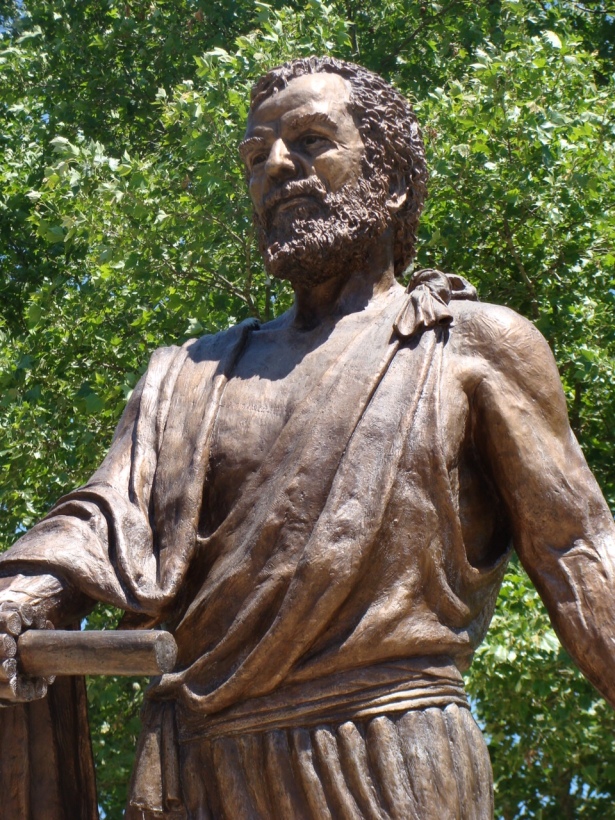Today we have a statue of a forward-looking Vladimir Lenin by U.K. photographer Stacey Raven. Raven, whose work can be seen at www.staceyravenphotography.co.uk, took the photo during a much more peaceful time for Kiev and the Ukrainian people.
The people of Ukraine have had a monumental week. Violent protests against the government last week led to the deaths of an estimated 77 people as police used live ammunition to quell the protests. Protests initially broke out in November when Ukranian President Viktor Yanukovych rejected an accord with the European Union. Protesters wanted closer ties with the western world, while Yanukovych’s government drew closer to Russia and the east.
Last week’s events led to the Ukranian parliament ousting Yanukovych, the release of opposition leader Yulia Tymoshenko from prison, and the looming threat that Ukraine could break in two along east-west lines. In many ways, Ukraine is in-between two worlds: a European country that was once part of the Soviet Union.
One of the most potent symbols of the influence of old-school Soviet politics on the country was the statue of Vladimir Lenin, Marxist revolutionary and first Premier of the Soviet Union. Statues to Lenin were ubiquitous in the Soviet Union, and many statues still exist. According to The Daily Mail, over 100 monuments to the leader have been toppled as of this writing. This particular Lenin became a so-called “reclining Lenin” on December 8 of last year. He also lost his head. Better monuments losing their heads than people, I suppose.


